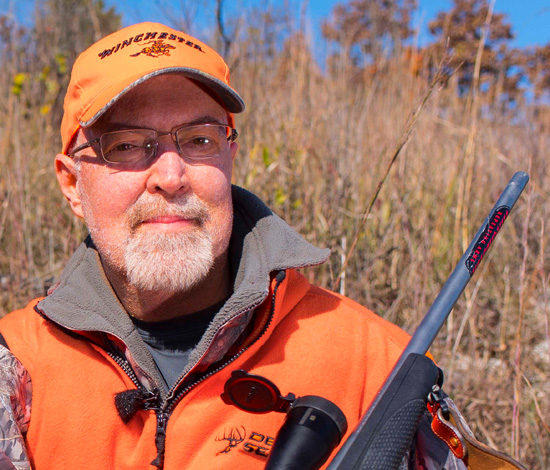Changing Patterns of Mature Bucks by Grant Woods
Are you spending the off-season wishing you had changed your hunting tactics? Many of us have experienced the frustration of hunting an elusive, mature buck.
Research shows each year more hunters are passing immature bucks. More than 60% of bucks harvested in Louisiana, Arkansas, and Oklahoma were 3.5 years old or older (Quality Deer Management 2015 Whitetail Report)! That’s a drastic change from a decade ago when the majority of bucks tagged nationwide were yearlings.
Preventing cookies from being stored on your device may interfere with your ability to view video content.
You can adjust your cookie setting by clicking the button below.
Hunters have changed from being consumers to managers, and this has had a very positive impact on deer herd quality. In fact, hunters may have gained more ground at producing mature bucks then they have at tagging mature bucks. This is because mature bucks behave differently than immature bucks and therefore often require hunters to change their strategies.
The buck in this video is an extreme example. I call this buck Two Face because his rack changed so drastically from one year to the next a few years ago. To the best of my knowledge, Two Face is now 10+ years old. As he’s aged, his behavior has changed including becoming a loner. He’s rarely seen with other bucks – even this time of year when most bucks are part of a bachelor group.
You can tell by the number of ticks on him that he’s not being groomed by other deer. Deer, even bucks, spend a lot of time grooming each other. These extremely mature bucks can be very difficult to hunt as they often have very unique patterns that are very different from the rest of the local herd. For example, extremely mature bucks tend to have a very small home range. Hence, they know every scent and sound to expect within that range and are easily alerted.
I chased Two Face last fall and I look forward to chasing him again this fall and trying to learn his patterns.
Growing and hunting deer together,
Grant




